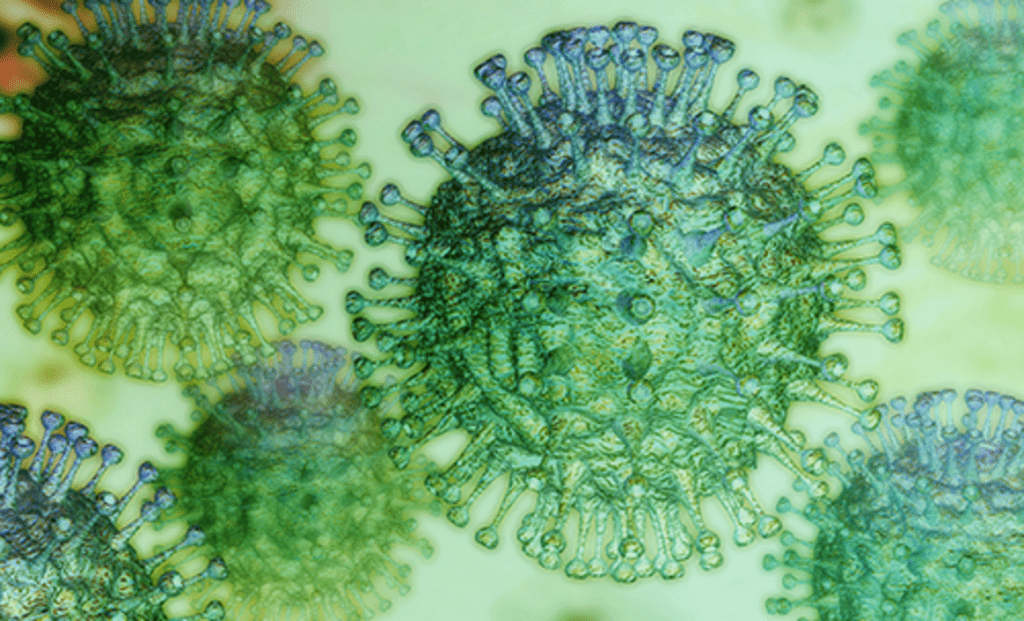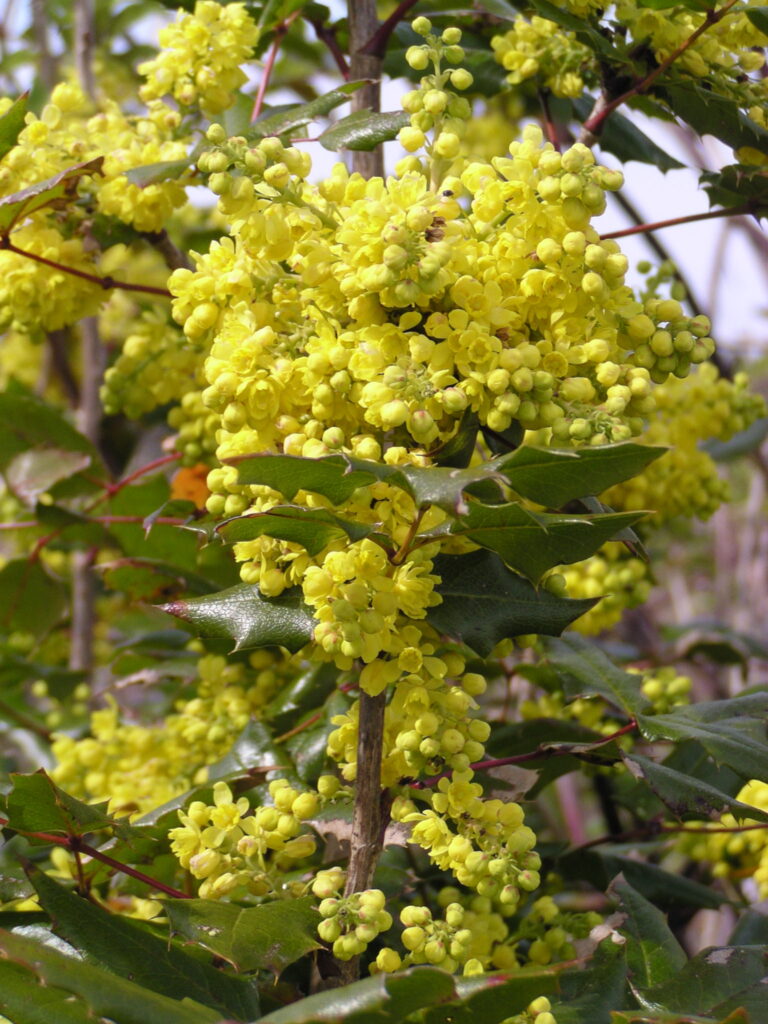How to make a cold infusion
A cold infusion is used in preference to hot infusions in order to preserve heat-labile constituents in the final preparation, such as volatile oils, that would be evaporated off with heat. Cold infusions are prepared by macerating 1 part herb (in grams) in 20 parts cool water (in millilitres). The most common method is to place the coarsely ground herb in cheesecloth and suspend it in water and let it sit overnight. In the morning the herb is squeezed out through the cheesecloth, and the resultant preparation is consumed that day.
Equipment and supplies
- mason jar and lid
- cheesecloth
- cold or tepid water
- herb
Examples of plants best prepared as cold infusions
- Agropyron (Couchgrass) rhizome
- Althaea (Marshmallow) root
- Fucus spp. (Bladderwrack) and other medicinal seaweeds, whole plant
- Hyssopus (Hyssop) flowering tops
- Marrubium (Horehound) tops
- Mentha spp (and the Lamiaceae generally) herb
- Tabebuia (Pau d’Arco) tree bark
- Ulmus fulva (Slippery Elm)
In Ayurveda a cold infusion is called hima, prepared by allowing 1 part (by weight) of the coarsely ground herb to infuse in eight parts (by volume) of water overnight. Hima is dosed at 100 mL, 2- 3 times daily.






Responses